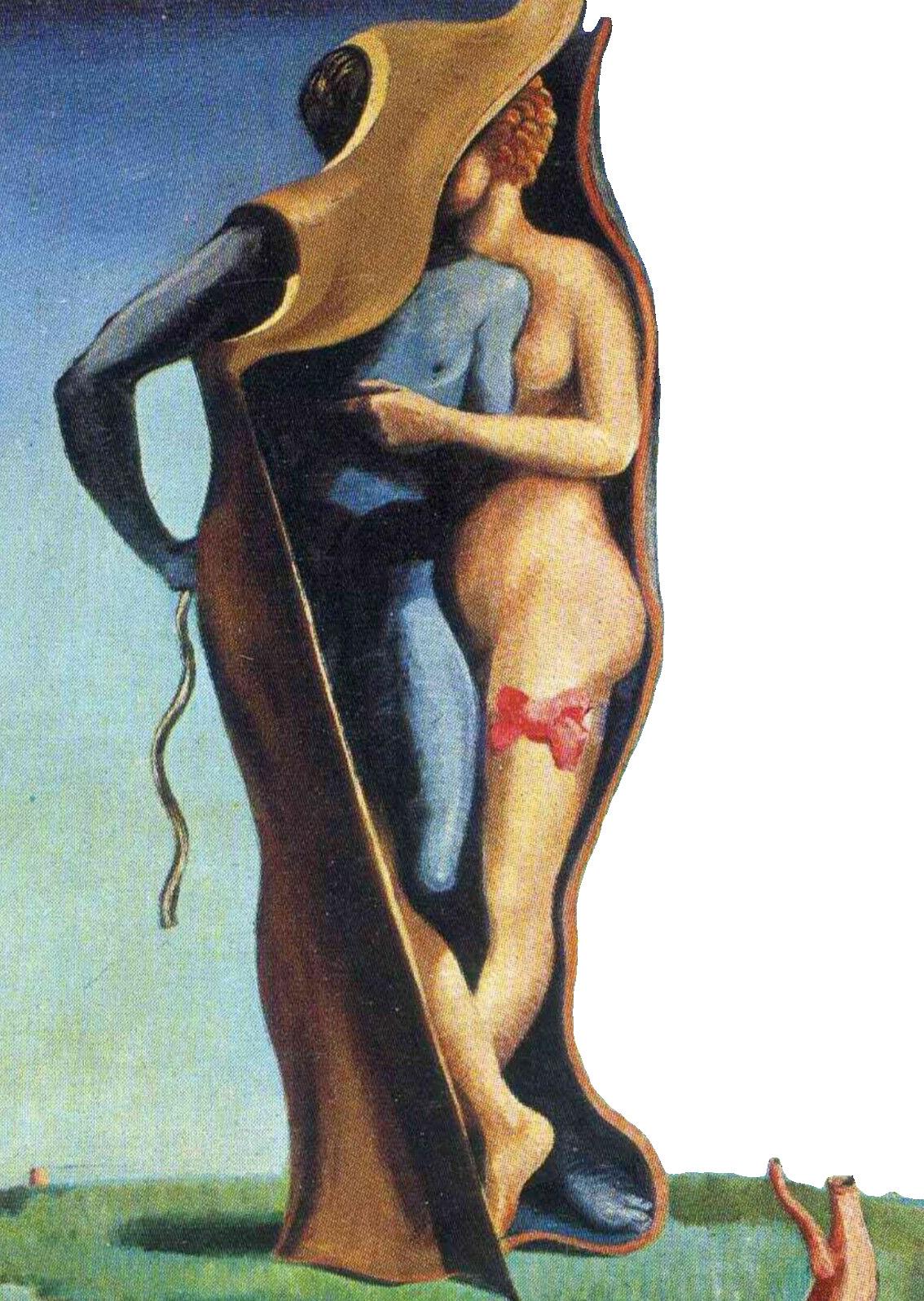
5 minute read
THE DIVIDED SKIRT
Lilí Álvarez and the Unsung Trailblazer
Órlaith Ní Ruaidh
Advertisement
When one hears the name Lilí Álvarez, it is rarely associated with tennis history. In fact, the name is unfamiliar to most people at all. And yet in 1931, as Álvarez stepped out on court to face Joan Lycett in Wimbledon’s second round, she inspired a small revolution. She wore trousers. While Álvarez had worn them a few months prior at the French Open, these flowy culottes, but trousers nonetheless, were the height of influential rebellion at Wimbledon’s conservative grounds. Designed by the eccentric Italian fashion designer, Elsa Schiaparelli, Álvarez’s pants represented the essence of her ambitious legacy, one that has been swallowed up by the conservative nature of tennis history. But the feminist contribution of Álvarez’s career serves as an apt example of often-forgotten stories that refuse to die, and exist in tandem with the origins of tennis rebellion.
While Álvarez’s silverware came only in doubles, she reached the
Wimbledon singles final in three consecutive years between 1926 and 1928. The 1920s equivalent to Andy Murray at the Australian Open perhaps. For her time, Álvarez was revolutionary (but it must be acknowledged that the affluent standing of her parents undoubtedly helped in establishing her societal standing), and her so-so record in tennis can be understood better when taking into account her all-around skillset: she
the Campeonato de Cataluña de Automovilismo at age 19. It has often baffled me as to why Álvarez has not appeared more in modern popular culture (if not for her progressive and daring career, then at least for her colourful life).
Once Álvarez eventually returned to Spain in the 1940s, she began writing and publishing in the field of feminism and women’s liberation, and delivered her La batalla de la feminidad speech at the Hispanic-American Feminist Congress in 1951. Simultaneously, the women’s movement in Spain began to grow.
After the Spanish civil war, most first wave feminists were either in exile, imprisoned, or sentenced to death. The 1960s saw a second wave that brought with it greater structural change and a lasting impact on Spanish society. During the Francoist years, feminists largely collaborated in underground environments and kept their channel of communication open through established connection lines in various different prisons. These guerrilla groups also had a large rural population, differing from the first wave feminism of mainly urban and middle-class Spaniards.
While Spanish feminists were able to change the accepted definition of womanhood as motherhood to one involving more choice, an independent narrative of their history, and a shared experience, the end of the Franco regime reflected a ‘lull’ in the feminist movement that often happens in major historical turning points, and while the end of the Francoist years was a win for the Spanish feminist movement among others, societal momentum eased once the democratic transition began.
Álvarez married the French count and pilot Jean de Gaillard de la Valdène in 1934, and upon losing their first child in 1939, the marriage ended and Álvarez returned to Spain, establishing herself as a prominent writer and activist in the feminist movement throughout Spain and France.
Álvarez was no stranger to criticism. To some in her native country, she was accused of giving Spain a bad name in the world of tennis and politics. The idea that a woman could do it all, proficient in multiple sports, a writer, an activist, a speaker, a journalist, it was simply incomprehensible. The attitudes toward her were often flippant, irreverent, and condescending. But within her own circles, she was adored. As Charlie Connelly reported in the New European, when she met the French marshal Ferdinand Foch, commander of the Allied forces at the end of the First World War, he turned to a companion and said, I would not dare to propose a game of tennis with that lady, and Álvarez responded, don’t worry, marshal, I probably wouldn’t declare war on you either.
Álvarez’s original act of defiance, the divided skirt, is representative of more than just the forerunner to shorts, but of an impactful and important life of activism and progression. Her story, never made into a Hollywood film or re-told to aspiring tennis players, was perhaps muffled by more radical changes at the time and lost amidst flashier rises to stardom. Similarly, the designer of Álvarez’s trousers, Schiaparelli, could have been remembered as a bigger name than Coco Channel had things gone her way with a little bit of luck.
In today’s political landscape, where a party like Vox remains a serious threat to equality and democracy in Spain, it important now more than ever to dig up the figures from the past we want to aspire to and let credible voices surface. Surely that act, in all its perceived difficulty and honesty, cannot be more daring than for a woman to wear trousers at Wimbledon’s courts in 1931.








